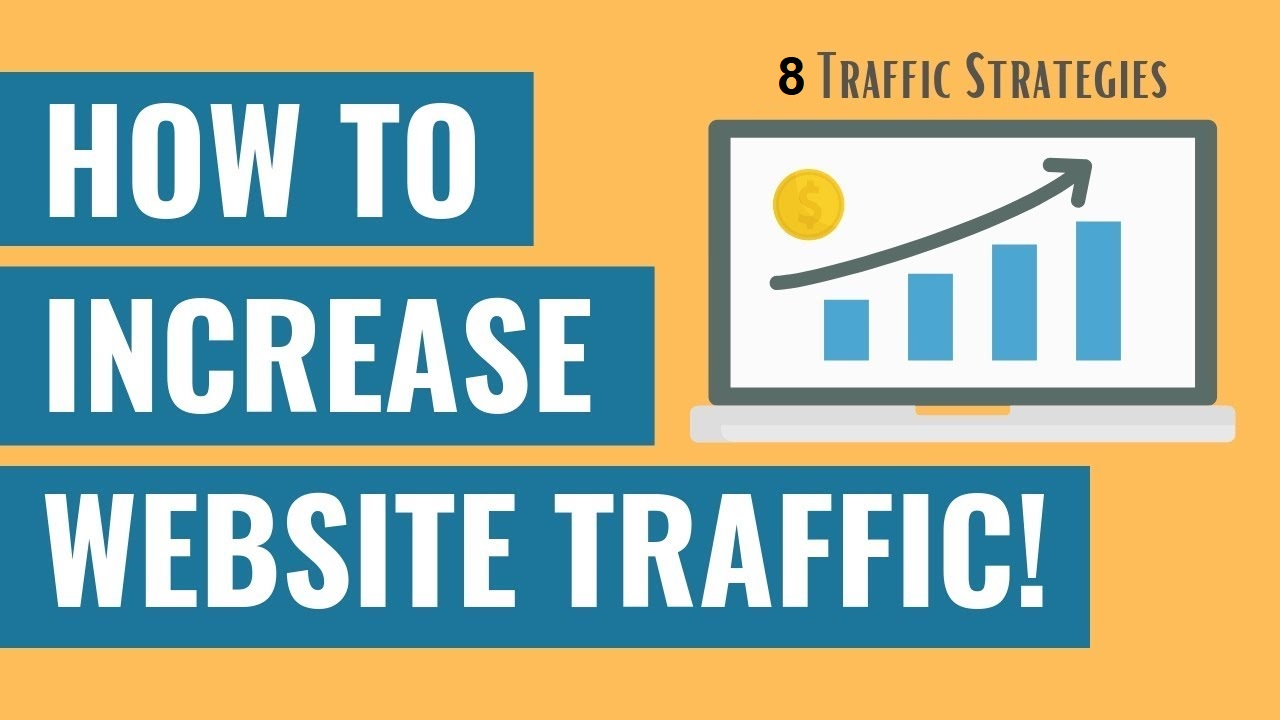Digital Marketing
How to Increase Blog Traffic in 2024 (8 Must-Know Strategies)
Last Updated on June 22, 2024 by Jérôme Kerviel
As a blogger, you continuously want to Increase Blog Traffic and engagement. Without this growth, monetizing your publication might not yield a decent income. While Search Engine Optimization is vital, you might be wondering how to increase blog traffic through other means.
Fortunately, you can expand your blog’s reach by engaging in collaborations and participating in online communities. These strategies help you connect with new audiences and foster mutually beneficial relationships with other bloggers.
In this post, we’ll explore how to increase blog traffic through collaborative strategies. Let’s dive in!
How to increase blog traffic without SEO
The strategies below can help you get more traffic to your blog. To maximize that traffic, use several of these strategies at the same time:
1. Submit guest posts on other blogs
Guest posting is an effective way to build backlinks to your blog. It involves publishing a high-quality article on a relevant blog, with a link to a page on your site.
In most cases, you shouldn’t have to pay for guest posts. In fact, many bloggers are happy to publish articles by other writers for free:
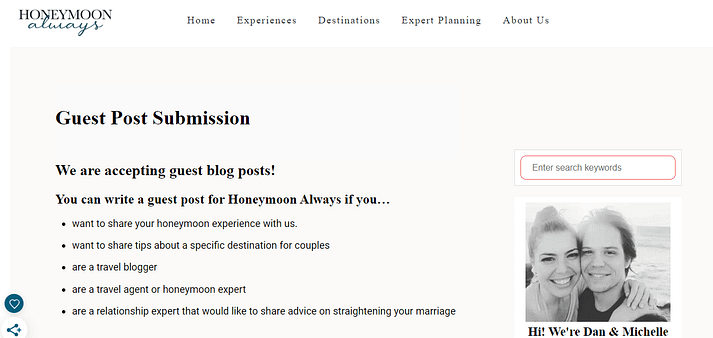
Some may even let you include multiple links and an author bio. However, it’s important that you read their guidelines carefully and submit a query. You wouldn’t want to go into the trouble of writing a well-researched article, only for it to be rejected by the blog.
Backlinks can help you increase traffic in two main ways. Firstly, readers who come across your post on the third-party blog will likely click on the link to your site to learn more about the topics that you write about.
Additionally, having a decent number of backlinks from authoritative sites can show Google that your blog contains valuable content. This can improve your rankings in search engines, which may lead to more traffic.
2. Create collaborative content
Another way to increase blog traffic is to create collaborative content. This involves writing an informative article and asking different bloggers to pitch in.
For example, let’s say you have a blog about London and want to create a roundup of the best cafes in the city. You can reach out to travel bloggers who have been to London and ask them to write a short paragraph about their favorite cafe.
Then, you can include their recommendations in your post, with a link back to their blog. Once the post goes live, you’ll want to share the link with them and ask them to promote it on their social media pages.
This will help you drive traffic to your blog. Plus, it’s an effective way to tap into new audiences, as participating bloggers will be sharing your content with their followers.
3. Participate in meaningful link exchanges
Link exchanges can be a quick and easy way to drive more traffic to your posts. However, this strategy should be treated with caution. If it’s not done right, Google might deem your content spammy, which can hurt your rankings.
Ideally, links should be contextual. This means that you’ll want to collaborate with bloggers who write in the same niche as you, or write about topics that complement yours.
For instance, let’s say you’ve just published a post about choosing HTTP 500 Internal Server Error and want to get a link to it from another blog. In this case, you might approach a blogger who has an article with tips for planning a hiking trip, or a packing list for an adventure holiday. In return, the other blogger gets a link from your site.
You’ll want to ensure that the link you’re posting on your site doesn’t compete with other posts or content on your site. For instance, it doesn’t make sense to link to a third-party article on starting a WordPress blog if you have a similar guide on your site.
Therefore, you’ll want to discuss the links with the other party and make sure that you’re both happy with the choice of content.
4. Leverage the latest trends in influencer marketing
As a blogger, the word “influencer” might put you off. However, any type of collaboration with brands can be considered influencer marketing.
For example, many bloggers have lately been working with brands to create promotional Instagram reels:
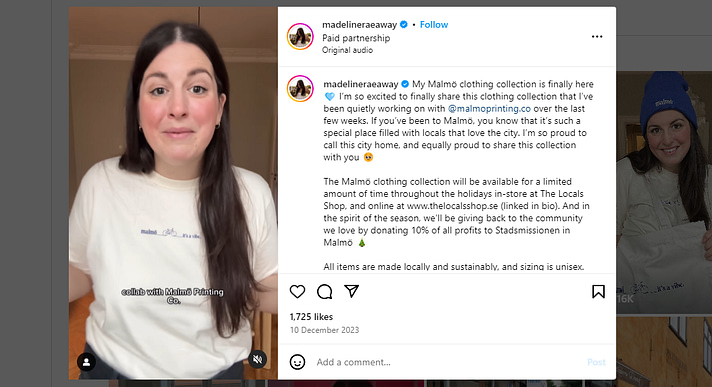
Platforms like Izea enable you to partner with brands on collaborations. You can see what opportunities are available and make your pitch:
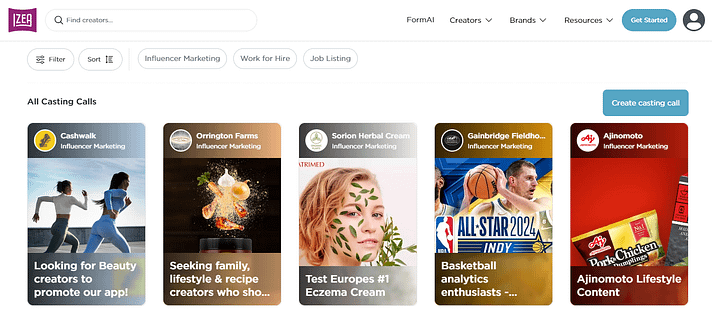
You can also use the Instagram Collabs feature to co-create reels with other bloggers. This means that your posts will appear on the feeds of users who follow those accounts.
5. Join online communities in your niche
If you’re active on Facebook, you might want to consider joining groups in your niche. For example, if you’re a travel blogger, you might find groups for people who live in your hometown or share a passion for your city or country.
Then, every time someone asks for recommendations, you can contribute valuable information. You might even include a link to a relevant post on your blog, though you’ll want to do this sparingly so as not to come across as “salesy.”
Alternatively, you could create your own Facebook group and occasionally share links to your content. For instance, if you blog about WordPress Management, you could set up a support group where people can talk about their experiences and ask for advice.
6. Attend blogger meetups and networking events
Blogging can be a lonely job. After all, you spend most of your time researching and writing articles. However, there are thousands of individuals doing the same thing as you, and some of them can be found in your local area.
Meeting up with other bloggers can be an effective way to build mutually beneficial relationships. For example, you might create content together, and share it with each other’s audience.
You could use a platform like Meetup to find networking opportunities in your area:
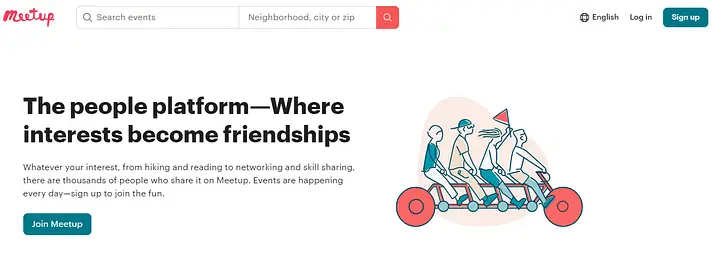
You might also attend conferences and summits that are open to bloggers in your industry. LinkedIn can be a good place to find professional events in your area.
7. Leave comments on other blogs
As you might have noticed by now, finding ways to increase blog traffic (beyond SEO) isn’t so difficult. It can involve simple tasks like link exchanges and guest posts.
Another easy way to get more traffic is to leave comments on other blogs and include a link to your website. Some comment forms will also have a field for your site’s URL:
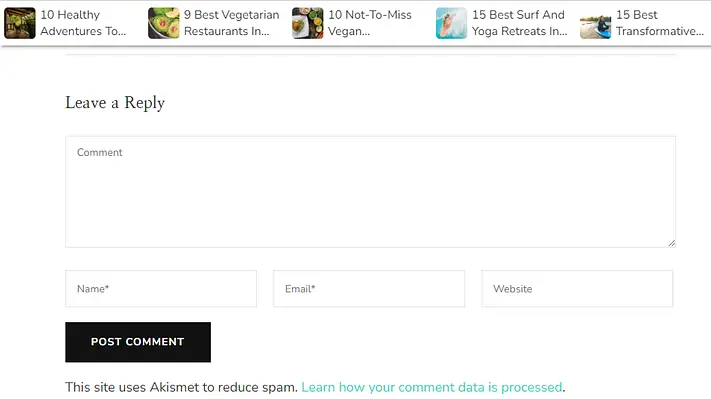
Of course, you’ll want to make sure that your comment is informative and relevant. Otherwise, it will come across as spammy and the site owner might delete it.
8. Interview other bloggers or industry experts
Collaborating with other professionals can be very beneficial for you as a blogger, and your audience. It can help fill gaps in your expertise and provide added value to your readers.
For instance, let’s say you have a blog on digital marketing and notice a growing interest in AI among your audience. You might not feel qualified enough to discuss this topic, so you interview an expert in the AI field instead.
Your guest might then share the interview with their followers, leading to more exposure for your blog, and hopefully more traffic.
To Conclusion
In summary, achieving success as a blogger requires mastering the art of increasing blog traffic. Fortunately, there are plenty of strategies available, many of which are easy to put into action.
For instance, consider submitting guest posts and participating in link exchanges. You could also collaborate on Instagram reels with fellow bloggers or create joint content such as interviews and round-up posts, which can be shared by other creators on social media.

